By Carmen Hardin, Director, DNR Applied Forestry Bureau, Rhinelander;
Carmen.Hardin@wisconsin.gov
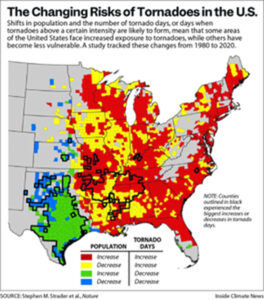
A graphic shows changing tornado risk trends in the United States from 1980 to 2020. All Wisconsin counties are showing an increase in tornado days. / Map Credit: Inside Climate News, Stephen M. Strader et. al., Nature Magazine
We are often asked difficult questions about our forests, their health and how climate change is impacting them. Here is a curated collection of resources that may help you answer some of those questions. Continue reading “Forest Health and Climate Change Resources”


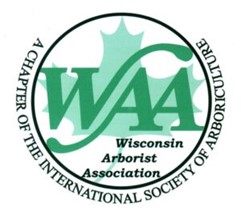 Date: Feb. 16-18, 2025
Date: Feb. 16-18, 2025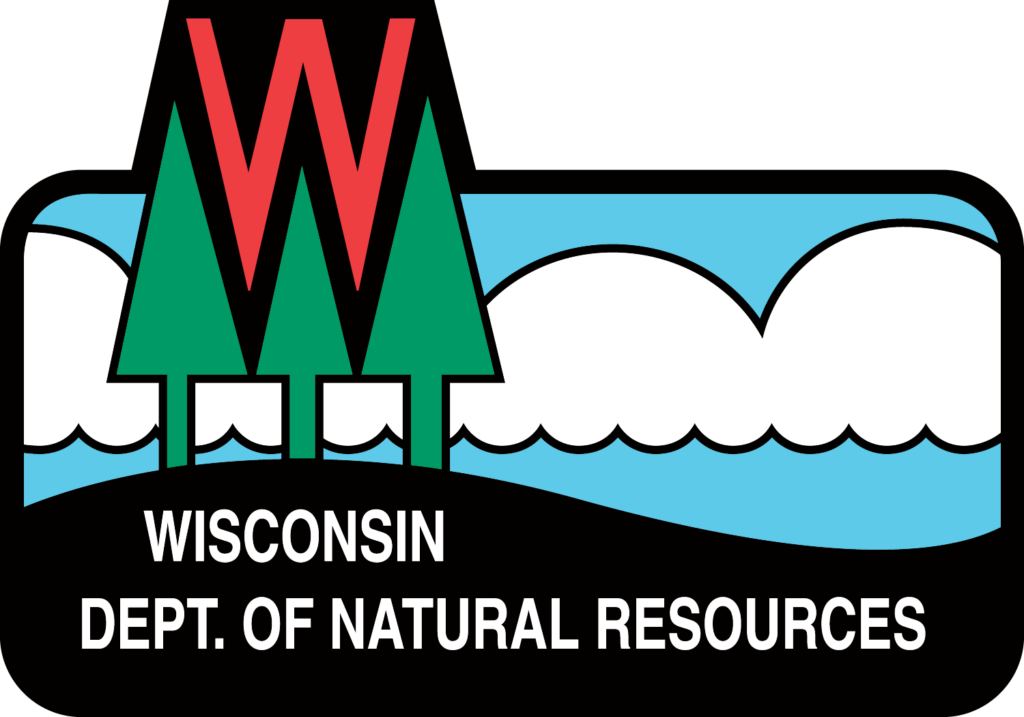
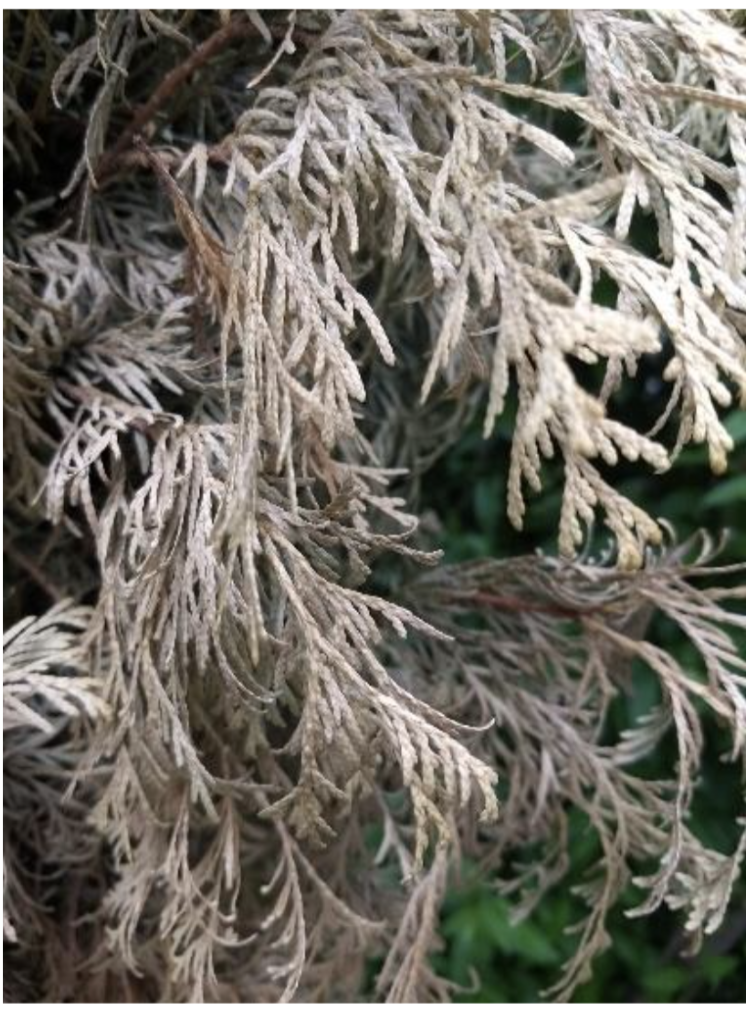 ‘Winter burn’ refers to a type of damage to evergreen foliage that typically occurs over winter. Common symptoms are browning and dying from the tips of the foliage inward. Several factors cause winter burn on evergreens, including winter ‘thaws’ while the ground is frozen, dry soil in autumn, a long period of very cold temperatures, winter sun on evergreen foliage or drying winter winds, poor siting of susceptible plants, recent planting/transplanting and the individual plant’s susceptibility. Frequently affected plants include yews, junipers, boxwood, arborvitae, rhododendrons, dwarf Alberta spruce and hemlock.
‘Winter burn’ refers to a type of damage to evergreen foliage that typically occurs over winter. Common symptoms are browning and dying from the tips of the foliage inward. Several factors cause winter burn on evergreens, including winter ‘thaws’ while the ground is frozen, dry soil in autumn, a long period of very cold temperatures, winter sun on evergreen foliage or drying winter winds, poor siting of susceptible plants, recent planting/transplanting and the individual plant’s susceptibility. Frequently affected plants include yews, junipers, boxwood, arborvitae, rhododendrons, dwarf Alberta spruce and hemlock. 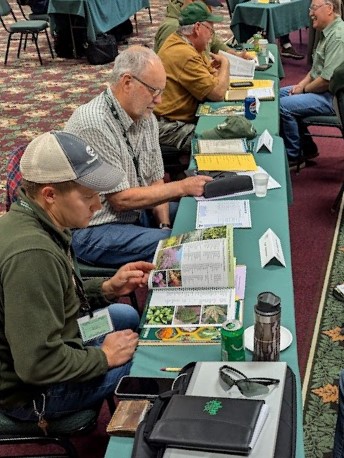 *These training opportunities are provided as an information service only and does not constitute an endorsement from the WI DNR.
*These training opportunities are provided as an information service only and does not constitute an endorsement from the WI DNR.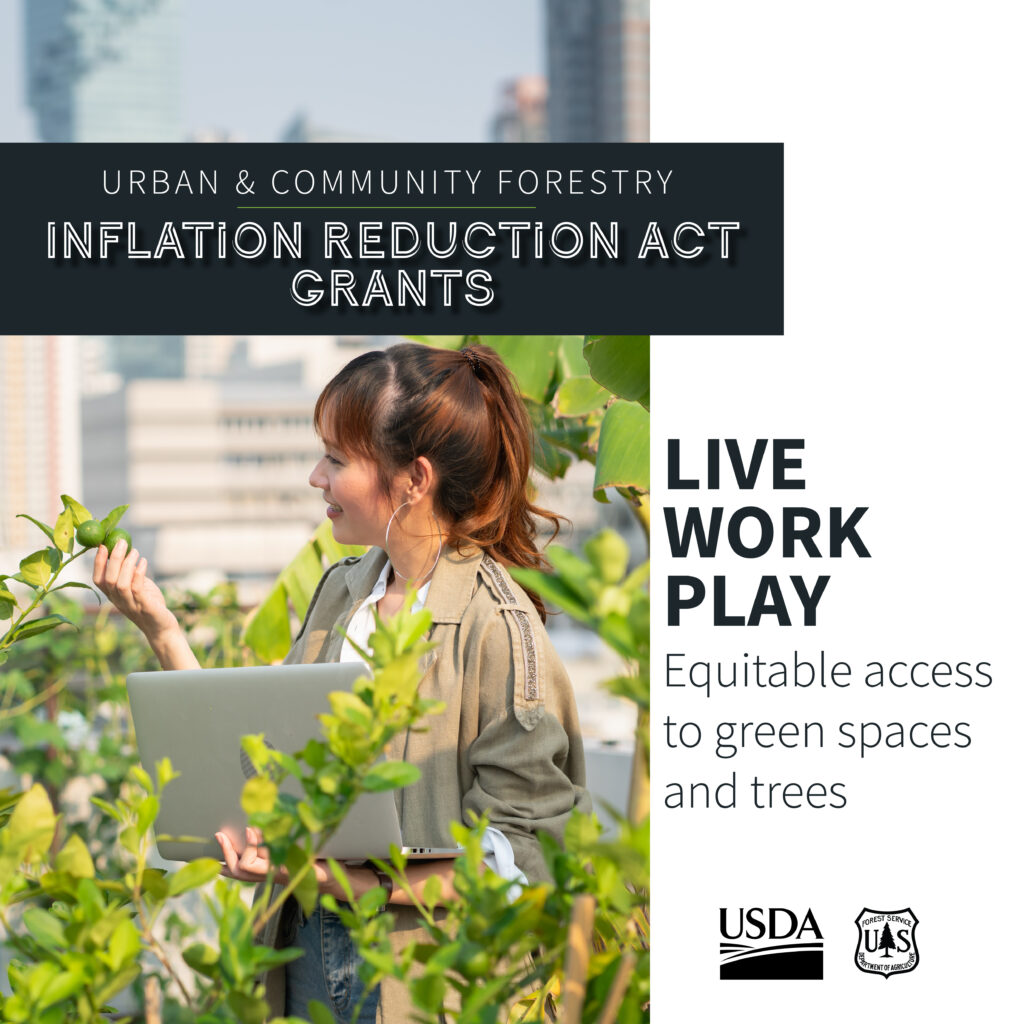 “Wisconsin’s forests are a critical resource for our state, promoting clean air, preserving natural habitats, and bolstering our statewide economy,” said Gov. Evers. “Thanks to our local and federal partners, these investments help build a stronger, more resilient forestry industry, and will protect our environment and grow our economy for generations to come.”
“Wisconsin’s forests are a critical resource for our state, promoting clean air, preserving natural habitats, and bolstering our statewide economy,” said Gov. Evers. “Thanks to our local and federal partners, these investments help build a stronger, more resilient forestry industry, and will protect our environment and grow our economy for generations to come.”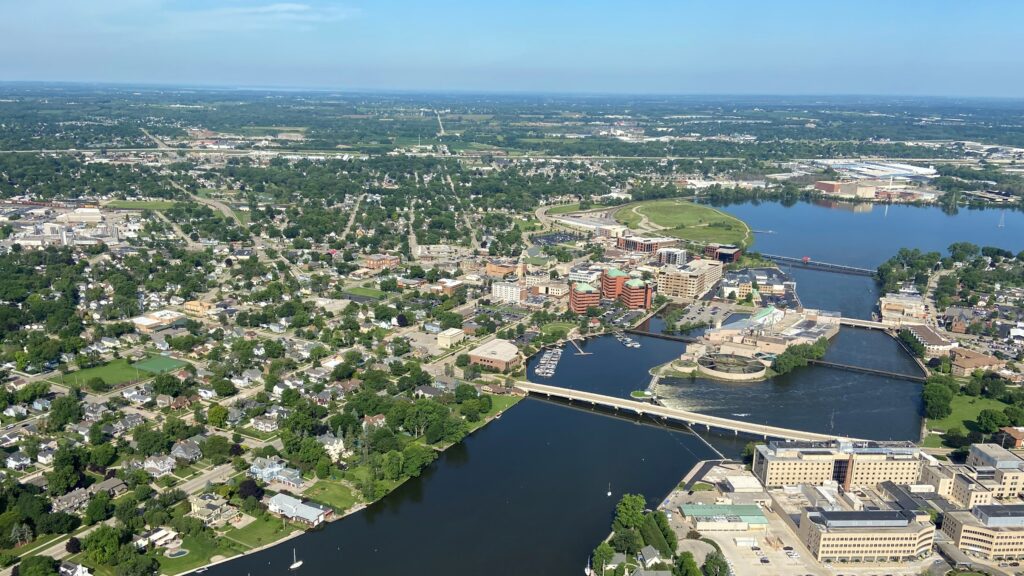 Cities, villages, towns, counties, tribes and 501(c)(3) nonprofit organizations in or conducting their project in Wisconsin are encouraged to apply for a regular or startup 2025 Wisconsin Department of Natural Resources (DNR) Urban Forestry Grant.
Cities, villages, towns, counties, tribes and 501(c)(3) nonprofit organizations in or conducting their project in Wisconsin are encouraged to apply for a regular or startup 2025 Wisconsin Department of Natural Resources (DNR) Urban Forestry Grant.